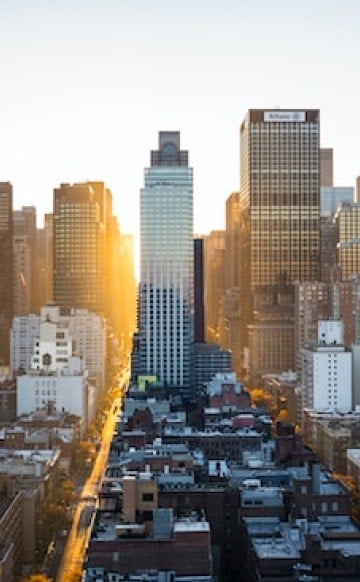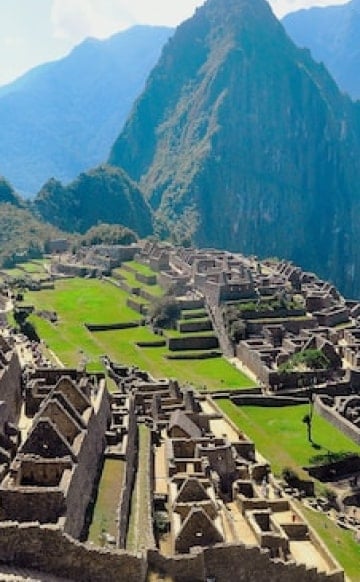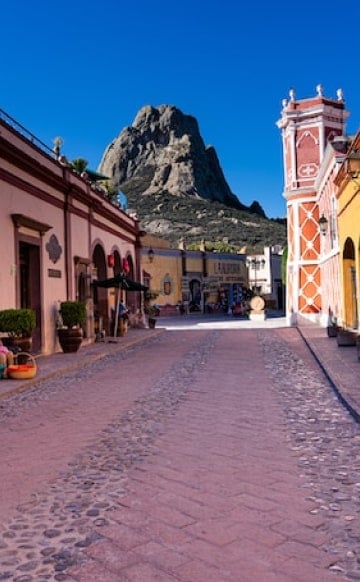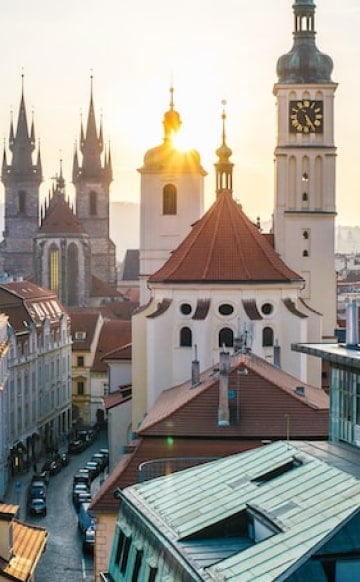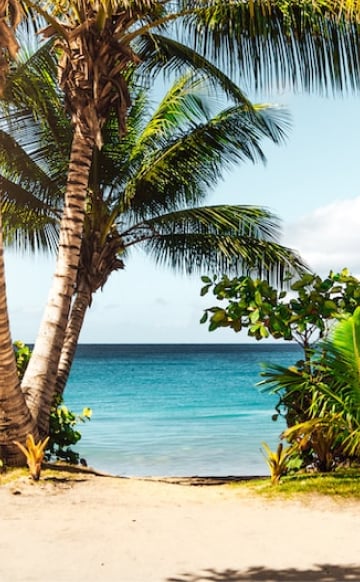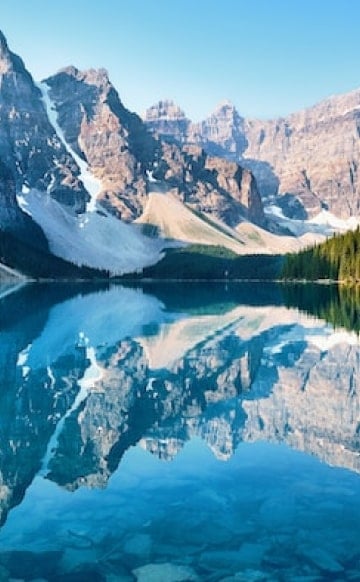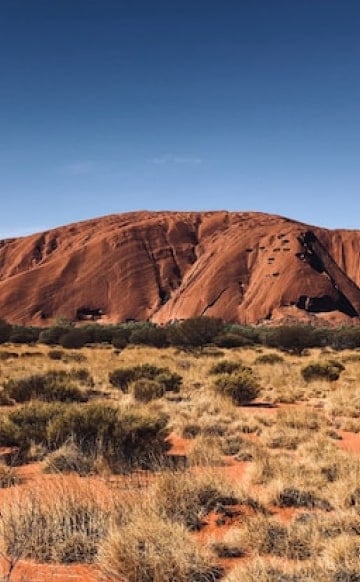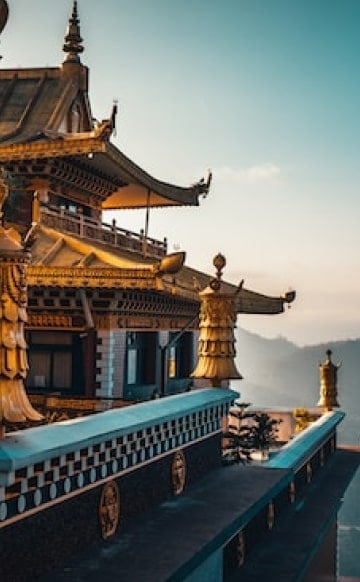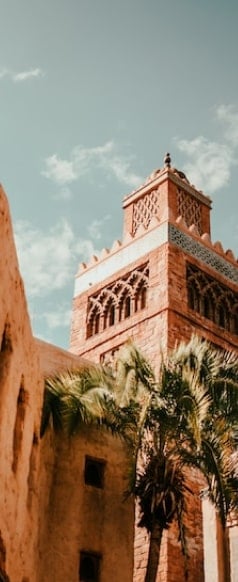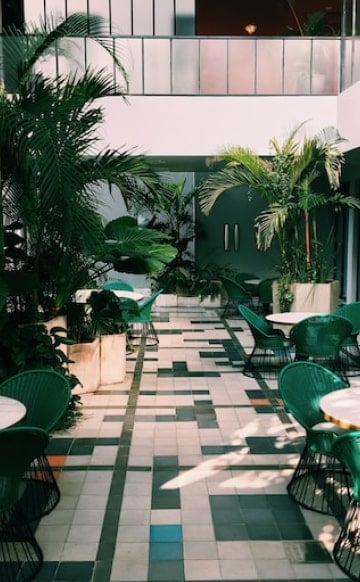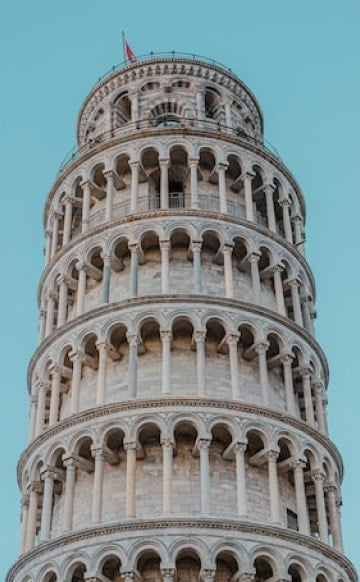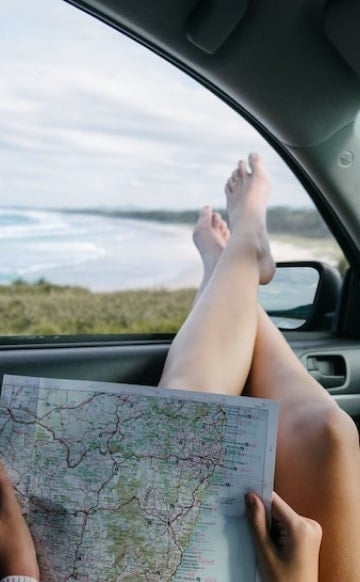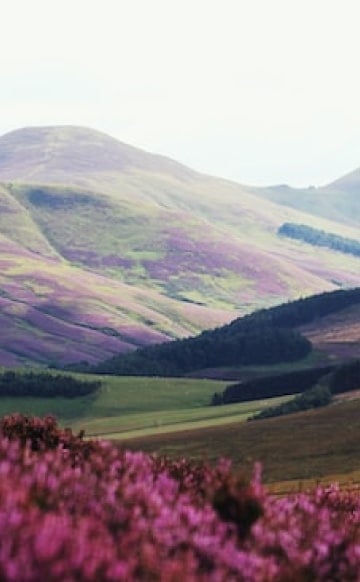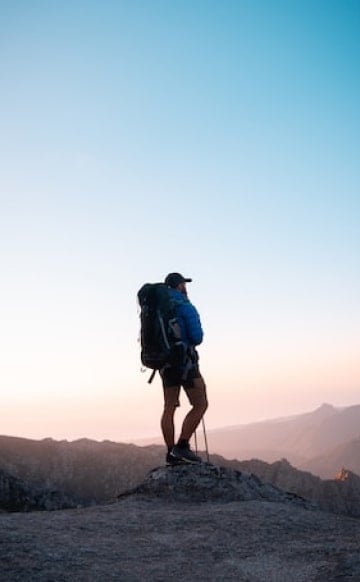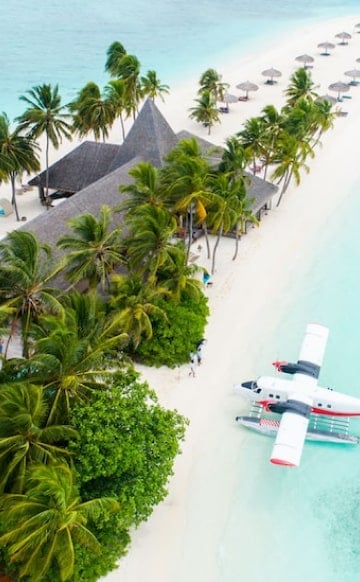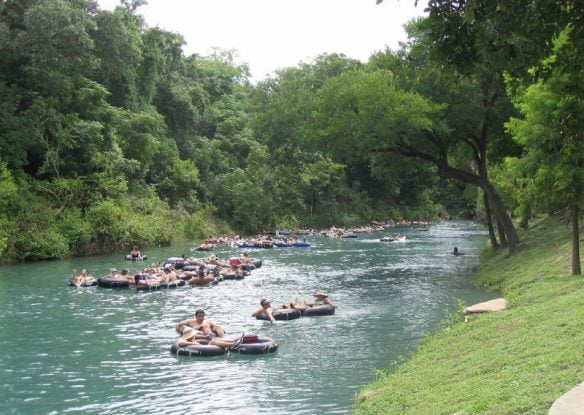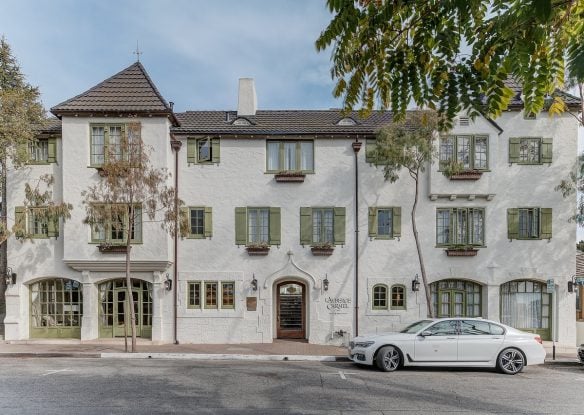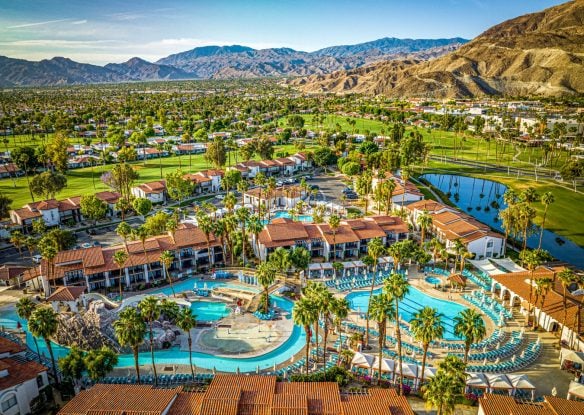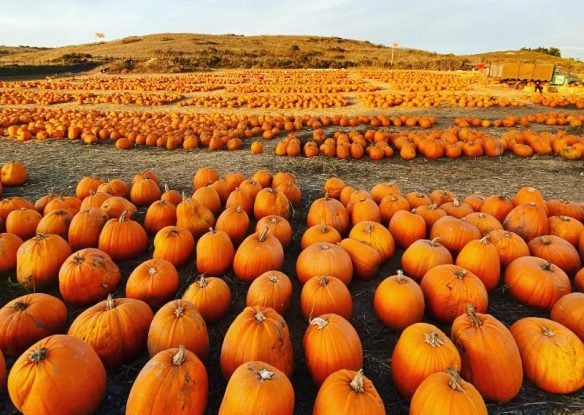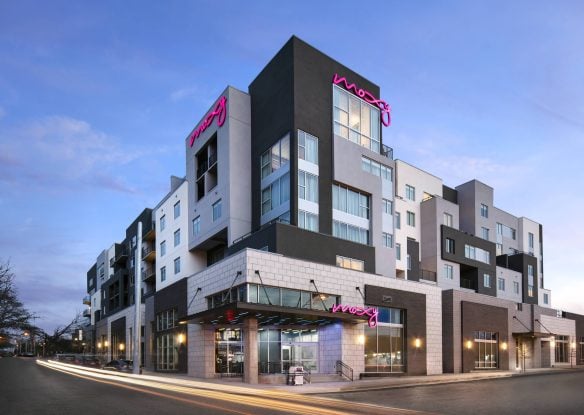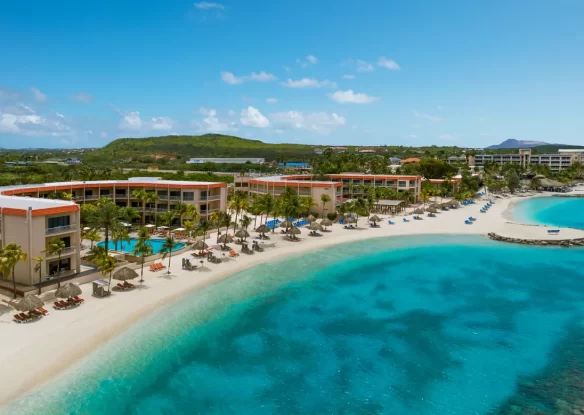California’s High Sierra is a land of dramatic, wild beauty. Discover everything from cascading falls in the spring, wildflowers, sparkling blue lakes and rushing rivers in the summer, vibrant foliage in autumn and soaring snow-covered peaks in the winter. No matter when you plan to visit, these destinations are sure to make for an especially unforgettable trip.

Yosemite National Park
One of the most scenic national parks in the United States, Yosemite is famous for its soaring mountains with steep granite cliffs that draw hikers and climbers from across the globe. Outdoor activities are abundant in this park, where you can enjoy everything from hiking to glorious waterfalls to watching the abundant wildlife. The park is inhabited by over 80 species of mammals, including mule deer, black bear and mountain lion as well as more than 200 species of birds like bald eagles. In the winter you can ice skate right in Yosemite Valley, or enjoy snow sports at the Yosemite Ski & Snowboard Area.

Lake Tahoe
The largest alpine lake in North America sits high in the Sierra Nevada Mountain Range, stretched across the border of California and Nevada. One of the world’s most stunning lakes, Lake Tahoe’s water ranges in shades from sapphire and turquoise to emerald. Visitors can enjoy a wealth of water sports, hiking and mountain biking in the summer, along with sunset BBQs and live music in the sand. In the winter, look forward to some of the world’s best skiing and snowboarding. The area is also popular for hosting big-name concerts and casino gambling along with many luxury resorts and a wide range of dining options.

Bridgeport
Discover the best places to escape the crowds in the Eastern High Sierra, home to some of the country’s most remote, unspoiled beautiful wilderness. Look forward to hiking endless trails while enjoying the grand scenery that includes the jagged spires of the Sawtooth range and then relax with a soak at Travertine Hot Springs in Bridgeport at the northern end of the massive peaks with 14,000-foot-high summits. the water is perfectly warm at 103 degrees, with rocks segregating the spring-fed pools that flow from a cool mountain stream.

Murphys
Murphys is located in Gold Country in the foothills of the High Sierra just minutes from a wealth of outdoor adventures with multiple alpine lakes to play on, world-class rivers for fishing, hiking and biking. In the winter, ski, snowboard, sled, build a snowman or get out into the white wonderland in a snowmobile. The small town itself makes a great base and its charming Main Street is filled with interesting shops, outstanding eateries and even wine tasting rooms. Some say it’s like Napa Valley 30 years ago, where you can enjoy tasting opportunities with the actual winemakers.

Mammoth Lakes
Located in the Eastern Sierras, Mammoth Lakes is sandwiched between Yosemite National Park and the Nevada border. It’s all about the great outdoors here, with a wealth of adventures to choose from and world-class beers to enjoy afterward. Mammoth Mountain is famous for its single track runs for mountain biking and scenic trails for hiking that wind through wildflower-filled meadows and pine forests across the alpine peaks. Visitors can also enjoy kayaking, paddle boarding, fishing and other activities on the areas many lake gems.

Giant Sequoia National Monment, Sequoia & Kings Canyon National Parks
You’ll feel small next to the giant sequoias located in the over 30 lesser-known groves protected within Giant Sequoia National Monument just outside of Sequoia National Park and Kings Canyon National Park. The southern section is home to the 269-foot-high Boole Tree, one of the ten largest of the Giant Sequoia trees, while General Grant Grove to the north is an isolated section of Kings Canyon National Park, home to the more than 1,500-year-old General Grant Tree, the third largest known tree on Earth. Visitors can also marvel at unique geologic formations in the parks.

Columbia State Historic Park
One of the best-preserved historic gold rush towns in California is also a historic park. Columbia was the state’s second-largest city at the peak of the Gold Rush, and today, visitors can walk back through time with costumed docents leading tours, living and working here, participating in a variety of period-appropriate shows and trades. Admire the 19th-century architecture, sip locally-made sarsaparilla soda in an Old West saloon, hop an authentic stagecoach ride, feel the heat in a working blacksmith’s forge, or even try your hand at gold panning.

Mono Lake
Mono Lake looks as if it’s a whole other planet. Located in the East Sierra via Tioga Pass from Yosemite, it’s one of the oldest lakes in the western hemisphere at around 760,000 years old. Due to Los Angeles’s water diversion efforts that started in 1941, 40 years later just over half the lake’s surface area had disappeared revealing once-submerged limestone forms, which can now be seen dotted across the surface of the water, giving it hauntingly beautiful look with the snow-capped mountains reflected in the calm, sapphire water. The saltwater makes swimmers float like a cork and sustains trillions of brine shrimp, attracting millions of migratory birds to feast on them.

Bodie
One of the most well-preserved ghost towns in the country, Bodie sits along the California-Nevada border. In the late 1870s, it was a bustling gold mining town with a population of around 10,000, with multiple saloons, a red-light district, and most likely, opium dens. Today a small part of it survives, preserved in a state of “arrested decay” as a National Historic Site and State Historic Park.

Downieville
The tiny town of Downieville is home to less than 300 residents, surrounded by the Yuba River District of the Tahoe National Forest. It’s the perfect place to enjoy nature and all its tranquility, including kayaking, fishing and swimming. While its gold mining days are now in the past, remnants of its rich history can be found in historical landmarks and the Downieville Museum, set inside a stone building with original iron doors and shutters that date back to 1852.
